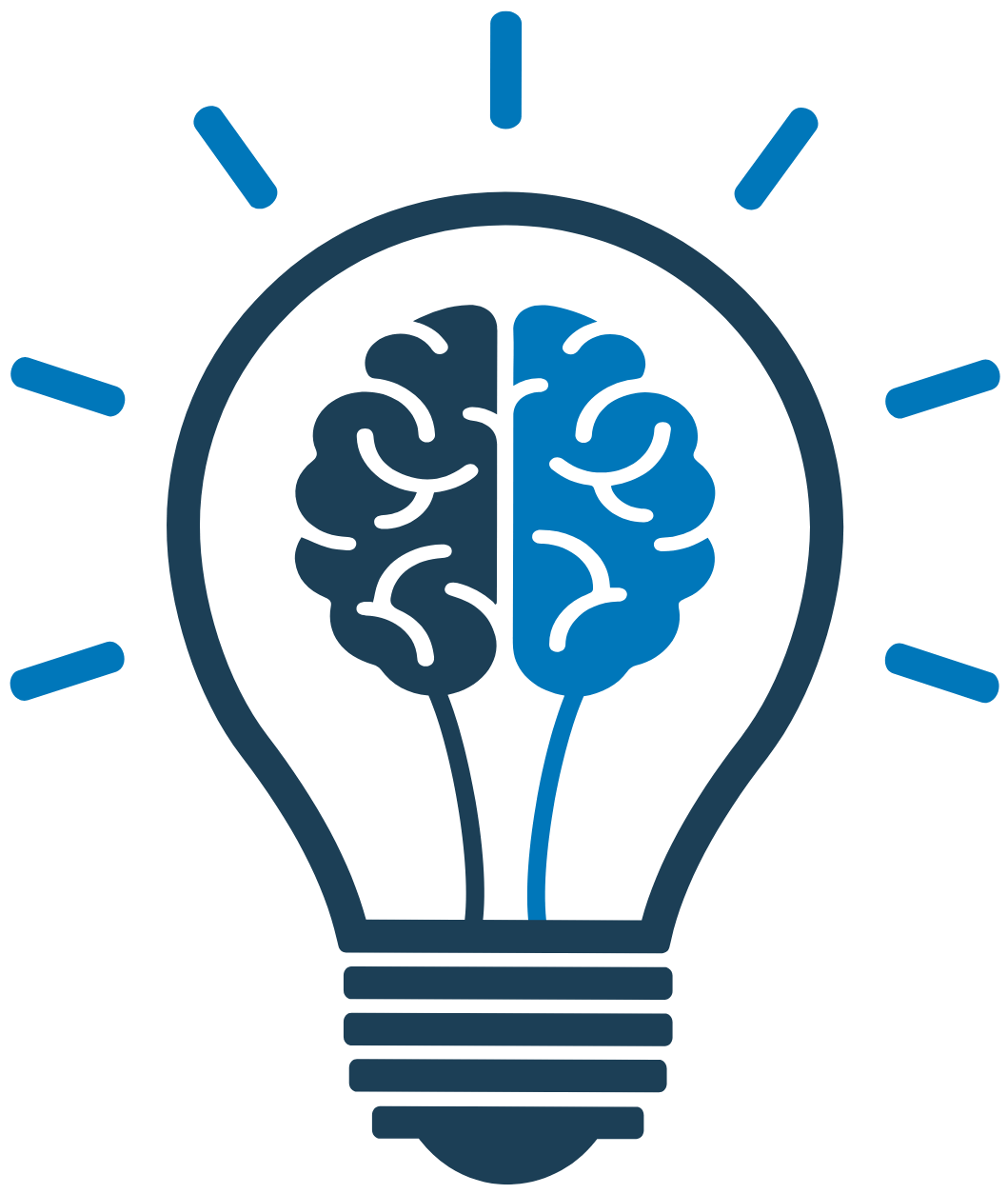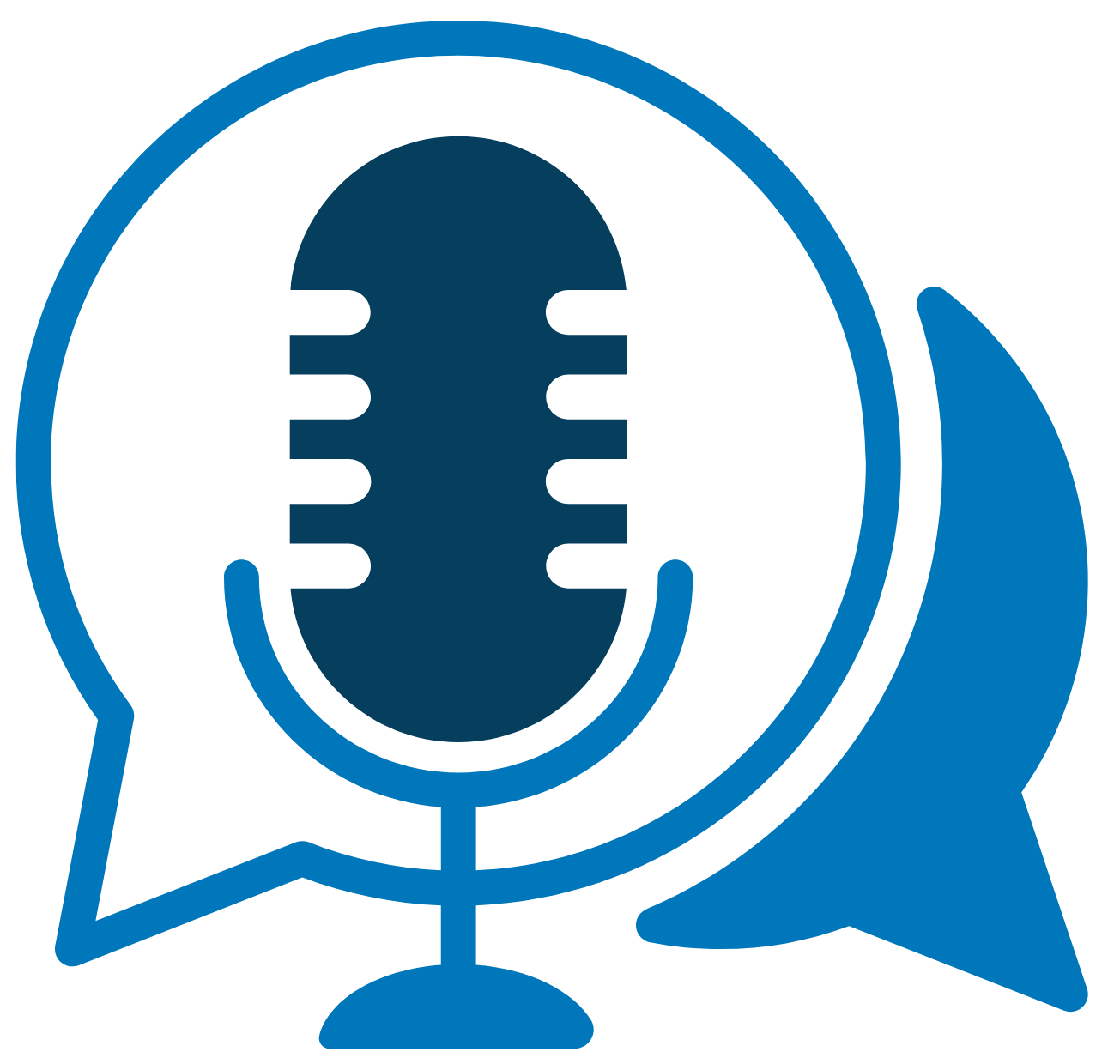The Science of Psychology: Connections and Contemporary Issues



Version 1.0
By Martin S. Shapiro
Included Supplements
Key Features
- Emphasizes psychology as a science, but is still readily understandable and appealing to undergraduate learners
- Uses everyday language, while still ensuring students are exposed to the terms and vocabulary necessary to explain and understand psychological principles
- Addresses and dispels common myths, misconceptions, and scams about psychology
- Over 270 embedded hyperlinks to curated, streaming videos and webpages engage students, stimulate curiosity, and enrich hybrid and online courses
- A full chapter on behavioral genetics and evolutionary psychology (Chapter 3: Behavioral Genetics and Evolutionary Psychology)
- A unique, full section on social media and mental health (Section 12.4)
- Separate chapter on sex, gender, and love (Chapter 11: Sex, Gender, and Love)
- Examples of content praised by peer reviewers include:
- Explains the meaning of psychology as a science; addresses lack of diversity in psychological research; and describes how psychology is relevant to students’ personal and professional lives (Chapter 1: The Science of Psychology)
- Conversational tone, embedded videos, and interesting examples invite understanding of challenging material (Chapter 2: Neuroscience)
- Distinctive coverage of genetic impact on intelligence and aging (Wilson effect); diet and cravings; and aggression (Chapter 3: Behavioral Genetics and Evolutionary Psychology)
- Insightful coverage of the neurological and conscious effects of drugs; improving sleep strategies; and artificial intelligence and consciousness (Chapter 4: Consciousness, Sleep, and Psychoactive Drugs)
- Robust coverage of the role of smell in memory; excellent coverage of vision; and why deepfakes work so well (Chapter 5: Sense and Perception)
- Clear and robust coverage of social learning theory featuring both animal and human examples and classical and operant conditioning (Chapter 6: Learning)
- Connections between the brain, sugar, and obesity and social media’s impact on the brain (Chapter 7: Motivation and Emotion)
- Excellent coverage of false memories, eyewitness accounts, mindfulness and memory, and strategies to improve memorization (Chapter 8: Cognitive Psychology and Memory)
- Distinctive coverage of behavioral economics, risk taking, animal language, myths about increasing babies’ intelligence, IQ tests, and individual’s perceptions offers fresh teaching opportunities (Chapter 9: Intelligence, Language, Judgment, and Decision Making)
- Includes Phinney’s work on ethnic identity development; robust coverage of prenatal development; minimal discussion of Freud; and point of view appeals to traditional and non-traditional students alike (Chapter 10: Development and Lifespan)
- Full chapter devoted to sex, gender, and love that dispels common myths and misinformation; stresses biological as well as environmental influences; and discusses potential impacts of artificial intelligence (Chapter 11: Sex, Gender, and Love)
- Connections to recent events and social trends such as in-depth exploration of social media and social life; de-individualization and January 6th; and unique discussions of biology’s impact on social psychology (Chapter 12: Social Psychology)
- Strong coverage of the biological causes and contributors to personality; pseudoscience personality tests; comparisons of projective and objective testing; and distinctive discussion of self-concept and development of self (Chapter 13: Personality)
- Emphasizes that disorders stem from multiple factors, including biological components; and impact of the microbiome on psychological health (Chapter 14: Psychological Disorders)
- Impacts of culture and ethnicity on psychological disorders; superior coverage of the history of mental health; and an unusually thorough presentation of treatment approaches (Chapter 15: Treatments for Psychological Disorders)
- Distinctive coverage of the impacts of culture and biology on stress; health and positive psychology; and distinguishing stress responses from psychological disorders (Chapter 16: Stress and Health Psychology)
- Supportive learning elements in each chapter:
- “Learning Objectives” at the beginning of each main section preview the material to come and prepare students to learn
- “Key Terms” help students understand and become comfortable with important vocabulary and phrasing
- “Myths, Lies, and Scams” feature occurs 27 times throughout the book to examine popular beliefs about different fields of psychology; expose partial truths, complete misunderstandings, and outright falsehoods; and encourage students to develop a critical approach to consuming information. Examples of such myths include MSG in Chinese food causes neurological problems (Section 2.2); brain supplements improve cognitive ability (Section 8.4), or that there are five distinct stages of grief (Section 10.4)
- “Key Takeaways” at the end of each main section reflect the corresponding Learning Objectives and summarize key ideas in bullet-point fashion. Key Takeaways enable the learner to pause and consolidate the information just read or experienced into a "chunk." This process enables the reader to better understand and retain the section’s content and its key concepts
- “Connections” at the end of every main section explore the many ways different subfields of psychology are intertwined with one another. Examples include pain management and the opioid crisis (Section 5.4), the role of sense and perception in attraction (Section 11.3), and adverse childhood experiences and risk factors for disorders (Section 14.2)
- “Contemporary Issues” sections at the end of every chapter show how the chapter relates to a key, modern-day topic such as artificial intelligence and consciousness (Section 4.5), artificial intimacy (Section 11.5), and political partisanship (Section 12.5)
- “End-of-Chapter Content” can be used to create excellent homework assignments and facilitate class discussions. They also encourage further exploration, develop information literacy, and demonstrate the relevance of psychology
- “Best Online Content” provides links to rich, online resources for learning more about psychology. Selected for the sense of wonder and engagement they foster, these resources consist of short talks, videos, podcasts, articles, and documentaries from world-renowned experts. Examples include selections from Ted Talks, Radiolab, Hidden Brain, Crash Course, and SciShow
- “Suggested Popular Science Books” provides references to popular books about neuroscience and behavior written by experts in the field for a general audience. Each carefully researched suggestion provides students with another high-interest way to connect with the field. Examples include works by Robert Sapolsky, Malcolm Gladwell, Helen Fisher, Oliver Sacks, and David Eagleman
- “Short Answer Questions” and “Discussion Questions” for assignment or independent student study highlight key concepts and content in the preceding chapter. These questions stimulate analysis and deeper understanding
- Glossary and References organized by chapter provide key term definitions and sources in one place for ease of studying and source checks
- Multiple choice questions for “Best Online Content” and class discussion guidelines with suggested answer rubrics for “Short Answer” and “Discussion Questions” are provided in the instructor’s manual
- All supplements are written by the textbook’s author
Students
- Online Access Price
- $36.95
- Color Printed Textbook with Online Access Price
- $63.95
The Science of Psychology: Connections and Contemporary Issues is suitable for courses called Psychology, Introduction to Psychology, Principles of Psychology, Survey of Psychology, General Psychology, Science of Psychology, or for any basic psychology course that provides an overview of the discipline. The course is generally taught at the undergraduate level and at most two-and four-year colleges and universities.
The Science of Psychology: Connections and Contemporary Issues paints a thorough and accurate picture of the expansive field of psychology without sacrificing engagement and readability. Many faculty members are skeptical that an introductory psychology textbook explicitly grounded in the scientific method can also connect and resonate with their students. However, this once-in-a-generation textbook shows it can be successfully done. Highly praised by peer reviewers, the conversational writing style weaves together psychology’s scientific foundations with creative and effective learning features. The result is a compellingly written introductory textbook that appeals to learners with a broad range of preparation, demystifies psychology, explicitly unifies connections between psychology’s subfields, and explores contemporary, high-interest topics and issues.
- About the Author
- Dedication
- Acknowledgments
- Preface
-
Chapter 1: The Science of Psychology
-
Chapter 2: Neuroscience
-
Chapter 3: Behavioral Genetics and Evolutionary Psychology
-
Chapter 4: Consciousness, Sleep, and Psychoactive Drugs
-
Chapter 5: Senses and Perception
-
Chapter 6: Learning
-
Chapter 7: Motivation and Emotions
-
Chapter 8: Cognitive Psychology and Memory
-
Chapter 9: Intelligence, Language, Judgment, and Decision Making
-
Chapter 10: Development and Lifespan
-
Chapter 11: Sex, Gender, and Love
-
Chapter 12: Social Psychology
-
Chapter 13: Personality
-
Chapter 14: Psychological Disorders
-
Chapter 15: Treatments for Psychological Disorders
-
Chapter 16: Stress and Health Psychology

FlatWorld Homework
FlatWorld Homework includes multi-format questions written specifically for your FlatWorld book, which you can access through our stand-alone interface or integrate with your learning management system.

Instructor’s Manual
The Instructor’s Manual guides you through the main concepts of each chapter and important elements such as learning objectives, key terms, and key takeaways. Can include answers to chapter exercises, group activity suggestions, and discussion questions.

PowerPoint Lecture Notes
A PowerPoint presentation highlighting key learning objectives and the main concepts for each chapter are available for you to use in your classroom. You can either cut and paste sections or use the presentation as a whole.

Test Generator - powered by Cognero
FlatWorld has partnered with Cognero, a leading online assessment system, that allows you to create printable tests from FlatWorld provided content.

Test Bank Files for Import to Learning Management Systems
For your convenience, we've packaged our test items for easy import into Learning Management Systems like Blackboard, Brightspace/D2L, Canvas, Moodle, or Respondus.

Test Item File
Need assistance in supplementing your quizzes and tests? Our test-item files (in Word format) contain many multiple-choice, fill-in-the-blank, and short-answer questions.
At FlatWorld, we take pride in providing a range of high-quality supplements alongside our titles, to help instructors teach effectively. Supplements are available for instructors who have registered their adoption with us. If you need to review or preview something specific, please contact us.
Already registered? Sign in here.
Additions & Errata
12/09/24:
Section 12.1: Fixed broken link for the "Asch Conformity Experiment" video.
10/16/24:
In Section 1.1: The "The Humanists, Crash Course Psychology" video was updated to "What Even Is 'Self-Actualization'? Humanistic Theory."
